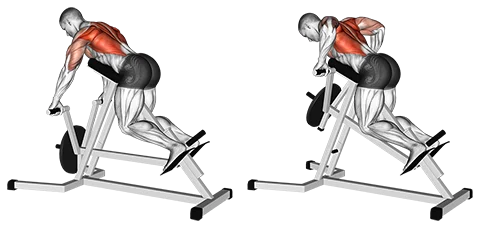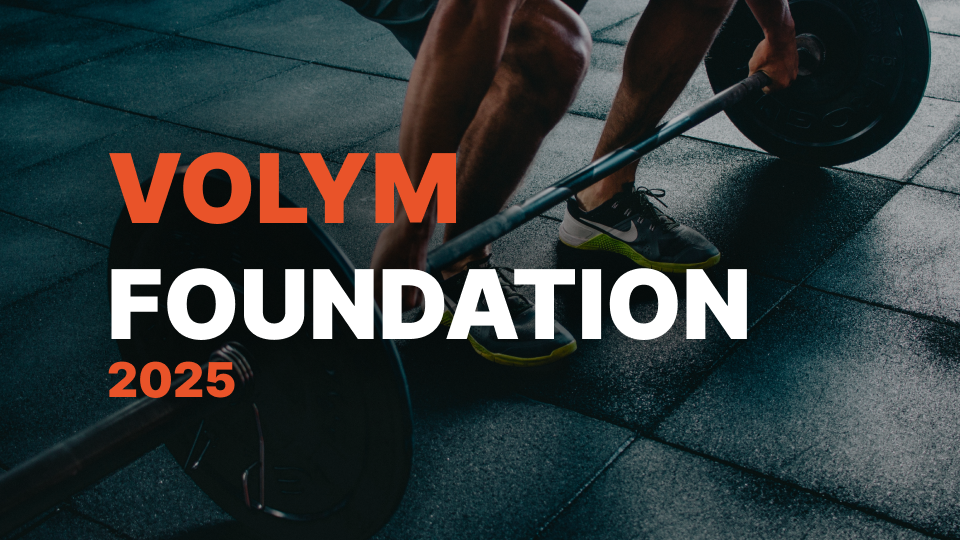Introduction
The Lying T-Bar Row is a strength training exercise that targets the back muscles, particularly the lats and erectors, as well as the biceps and forearms. It's beneficial in improving overall posture, increasing lower back strength, and building functional upper body power. This exercise is effective for those aiming to strengthen their posterior chain, enhance their grip strength, and develop a balanced physique.
Muscles Worked
- Primary: Erector Spinae (Lower Back), Latissimus Dorsi (Upper Back)
- Secondary: Rhomboids, Trapezius, Biceps Brachii (Short Head), Brachioradialis, Forearm Flexors
How to Do It (Step-by-Step)
- Start by lying face up on a bench or floor with a barbell resting across your chest and hands grasping it wider than shoulder-width apart.
- Lift the bar off the bench by pushing through your heels while arching your back slightly. Lower the bar to your chest, keeping your arms straight, and lift again.
- Maintain a neutral spine throughout the movement, engage your core, and avoid bouncing the bar off your chest.
Tip: To reduce strain on your wrists, consider using wrist straps or adjusting the width of your grip.
Rep & Rest Guidelines
- Strength: 4–6 reps, 2–3 min rest
- Hypertrophy: 8–12 reps, 60–90 sec rest
- Endurance: 12–20 reps, 30–60 sec rest
Train efficiently with Auto Progression and stay on track with Rest Timer.
Form Tips
- Maintain a neutral spine and engage your core muscles to ensure a stable base.
- Keep the bar close to your body throughout the movement, and avoid letting it roll forward or back.
- Lower the bar to touch your upper chest instead of your stomach to minimize strain on your lower back.
When to Use It
- Building lower back strength and stability for powerlifting and athletic performance.
- Targeting the erector spinae muscle group in rehabilitation exercises after lower back injuries.
- Improving upper body pulling strength while minimizing stress on the shoulders and elbows.
Workout History helps track your progress over time.
The lying t bar row primarily works the back muscles, including the lats, rhomboids, and erector spinae.
The lying version places your body parallel to the ground, putting a greater emphasis on lower back recruitment.
You'll need a Smith machine or t bar setup, a mat or padding for comfort, and possibly weight plates.
Include it once or twice a week as part of a larger back-focused routine.
Yes, alternative exercises include bent-over rows, one-arm dumbbell rows, and seated cable rows.


